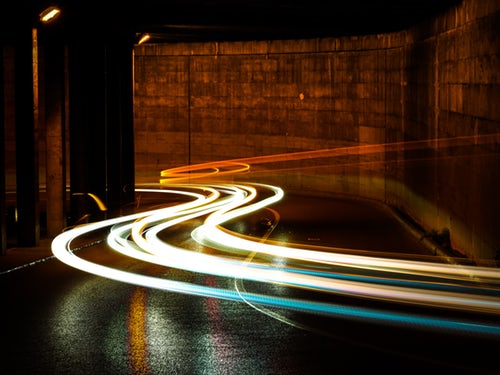THE FUTURE FOR SPEEDING MOTORISTS looks ever more glum, with a strong possibility that speeding tickets will be issued not by police officers, but by new automated law enforcement systems.
Such systems are currently under development in the US to handle vehicle-to-vehicle and vehicle-to-infrastructure communications in an environment where connected cars become ever more common. Your movements and speeds will be able to be precisely tracked, and that means your transgressions won’t go unnoticed or unpunished.
Authorities insist V2V and V2I communications are not being developed for law enforcement purposes and currently there is insufficient data for the transmissions to link such speed calculations to individual motorists, but you can bet your clean driving record, it won’t be long. A top official of the US National Highway Traffic Safety Administration has admitted that the biggest hurdle to using the technology to issue speeding fines is not the capabilities of the system but consumer antagonism to automated enforcement.
“I know there is potential for law enforcement to optimise some of these things, but if we go too far, too fast in that direction, it could create some consumer backlash that could hurt its adoption,” said David Friedman, NHSTA deputy administrator. “The technology is there, but our initial design is not focused on that.”
Now that number plate readers can record motorists as they pass fixed locations and in-car GPS systems routinely collect and store location data, motorists are facing greater incursions into their privacy in their cars. Despite assurances to the contrary, it is almost inevitable that the new technology will eventually be used to measure speed and issue infringement notices.
Red light cameras and speed cameras are already being used to issue infringement notices and some private companies such as RedFlex are keen to expand their expertise into
V2V and V2I technology. RedFlex is already testing a camera-based system called “Worker Guardian” that measures the distance between two points and calculates a motorist’s average speed. This system is currently under test here in Australia, specifically to deter speeding in work zones. Laser Technology Inc. has a prototype in development that uses a dual laser-beam system to calculate speed and a camera to record a video record of the transgression.
The real benefit of V2V and V2I technology for the rest of us is the exchange of real-time location and other information between cars and traffic infrastructures. The end result will be a dramatic reduction in collisions and accidents, less congestion (and a greater ability to avoid it), simple calculation of the most effective route to a destination and quicker emergency response from police, ambulance and fire brigade.
